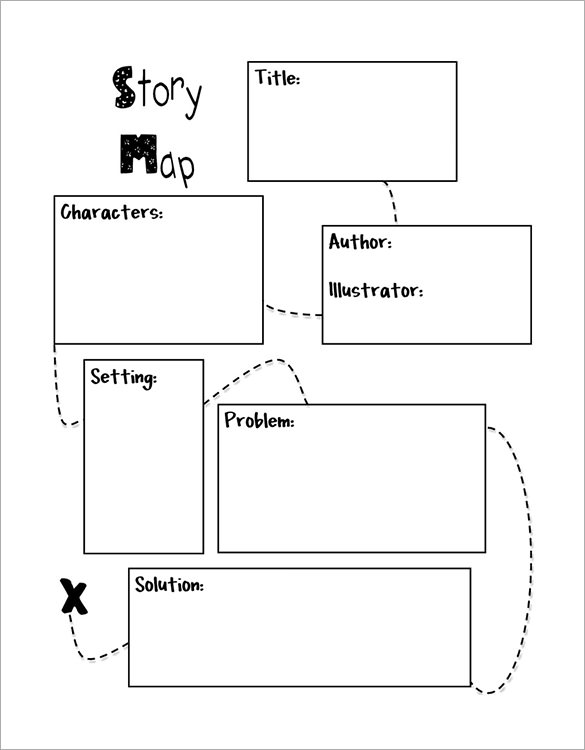

The dictionary meaning of purity is "free from contamination" or "free from immorality, especially of a sexual nature." Likewise, unicorns, the color white, and white doves can all have the connotation of purity, but they are not part of the actual definition of the word purity.

In fiction writing, writers will play off a word's denotative meaning against its connotations or implied associational implications.Įxample: A four-leaf clover, rabbit's foot, and wishbone are all considered things that can bring good luck, but they themselves are not luck. The precise/actual meaning of a word outside of the feelings it evokes the dictionary meaning of a word or phrase. – An emphasis on sadness, melancholy, psychology, and introspection Connotations can be positive (childlike, dove or negative (chicken ).Įxample: Shakespeare's Sonnet 18: "Shall I compare thee to a summer's day?" A summer's day connotes beauty.Ī traditional or common style often used in literature, theater, or art to create a particular effect.Įxample: romantic conventions (characteristics of romantic literature) include the following: In a literary work, an idea or quality that a word makes you think about in addition to its dictionary definition an implication that goes beyond the actual meaning of a word. A complication builds up and develops the primary or central conflict in a literary work.Ī struggle, disagreement, or difference between opposing forces in a literary work, usually resolved by the end of the work. The climax is the turning point in the action.Įxample: The climax of Shakespeare's Romeo and Juliet occurs when Romeo, seeing Juliet's body and thinking she is dead, kills himself then, when Juliet wakes up and sees that Romeo is dead, she kills herself.Ī situation or detail of a character that complicates the main thread of a plot. The moment of greatest intensity in a work of fiction the most exciting and important part of a story, usually occurring at or near the end. Common ways for writers to illustrate characters is through their speech, dress, actions, and mannerisms. The method used by a writer to make a character in a story seem like a real person. Characters can be major or minor and static (unchanging) or dynamic (capable of change). Cįeatured in a story and used as a medium to communicate/interact with the reader he or she is given a specific attitude or attitudes, appearance, name, etc. Using words that have the same or very similar vowel sounds near one another (as in "summer fun" and "rise high in the bright sky") vowels are repeated but consonants are not popular in poetry and prose. Note that the antagonist does not always have to be a character it could be a thing or a situation (a monster, a storm, a flood, etc.).Įxample: Bob Ewell, in Harper Lee's To Kill a Mockingbird, is a malevolent antagonist.

The main character in a work of fiction who comes into conflict with the protagonist (hero or heroine).
Character concepts for storywriting series#
In fiction, an allegory is often a symbolic narrative in which the surface details imply a secondary meaning and in which the characters represent moral qualities.Įxample: In The Pilgrim's Progress, by John Bunyan, the journey of the main character is an allegory for the Christian life.Ī series of words in a sentence all beginning with the same sound.Įxamples: Cassie casually caressed the carefree cat the Wicked Witch of the West went on her way to work she sells seashells down by the seashore Tim thought that Tammy was tired today. An allegory is a symbolic representation, or expression by means of symbolic fictional figures and actions, of truths or generalizations about human existence. Allegory is usually used to teach moral, ethical, or religious lessons, but it can also be used for satiric or political purposes.

The following is a glossary of terms specific to fiction writing.Ī | C | D | E | F | H | I | L | M | N | O | P | R | S | T | U | WĪ narrative technique in which characters represent things or abstract concepts to convey a message or to teach a lesson. By being aware of certain terms specific to fiction writing, authors will be able to get a better idea of what they should include in their fiction writing, which will then allow them to make their stories more vibrant and appeal to a wider audience. For an author, fiction writing terms are important because they provide the tools necessary to make the most out of a literary work. Although Scribendi has an extensive glossary of general writing terms, this one is specific to fiction writing terms and is therefore geared toward authors and writers. Several of these fiction writing elements-fiction writing terms-are found in the following glossary. When writing a work of fiction, regardless of its length, it is important to include certain elements to make it more dynamic.


 0 kommentar(er)
0 kommentar(er)
